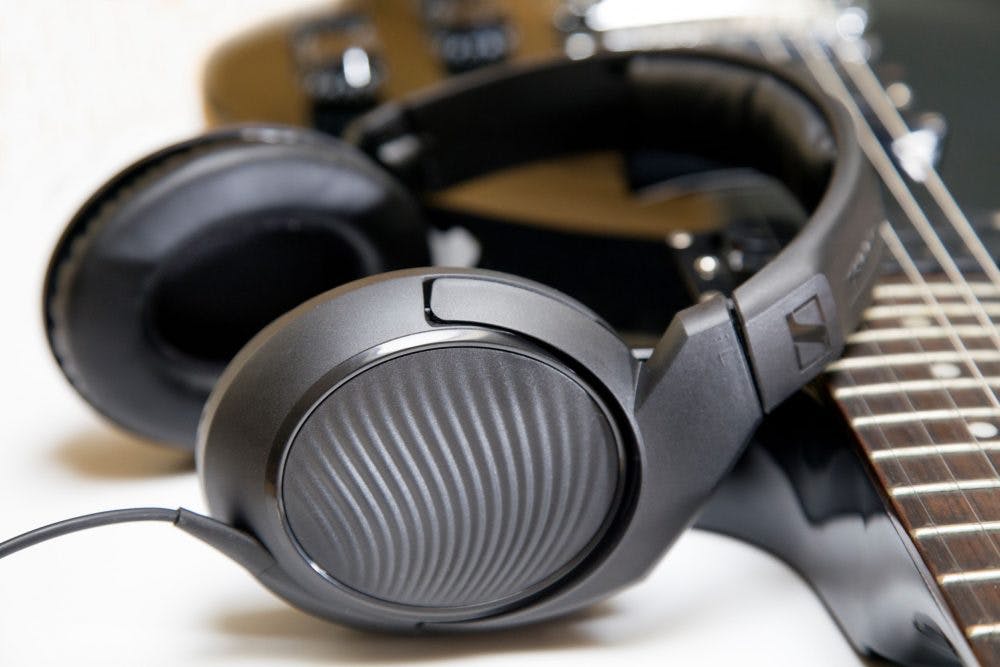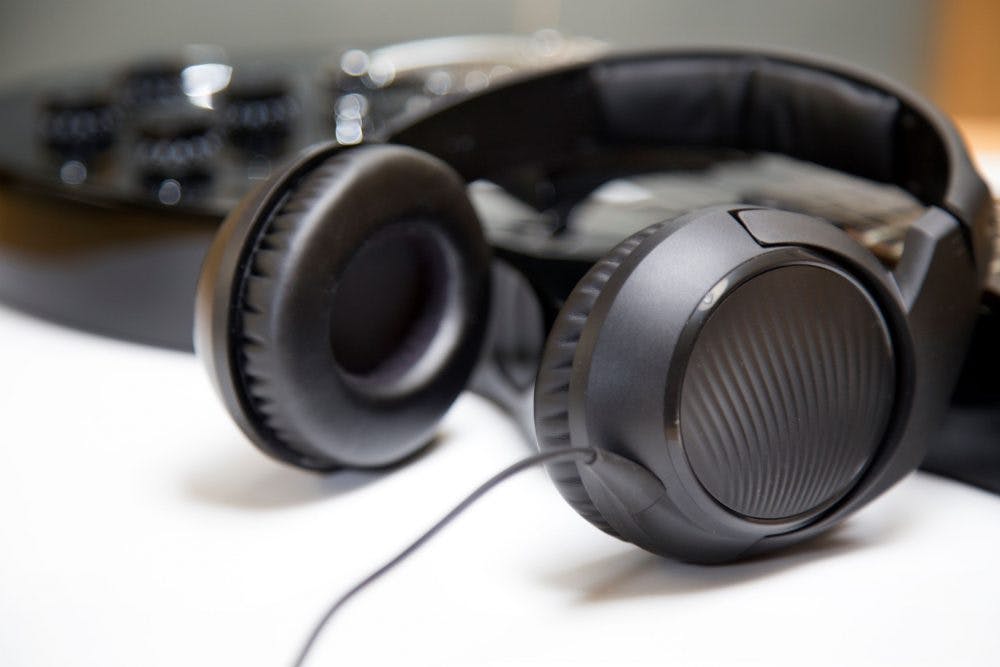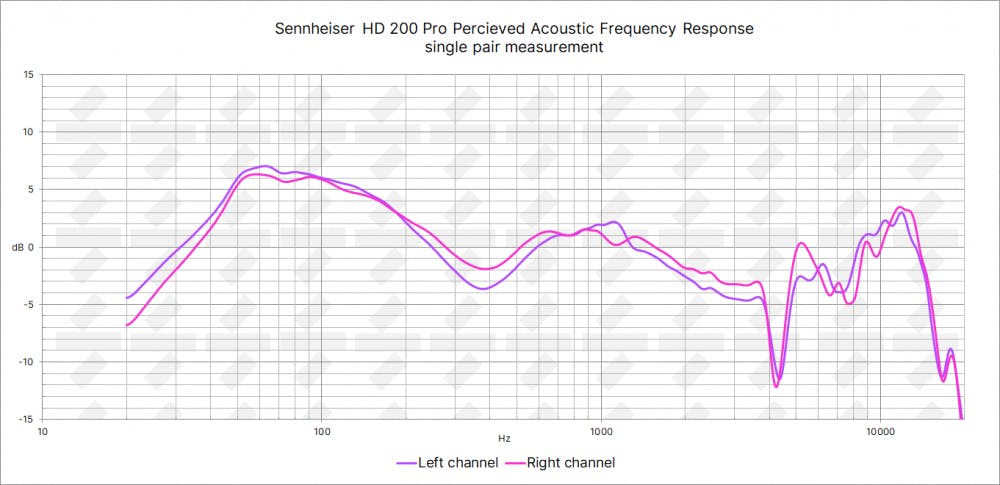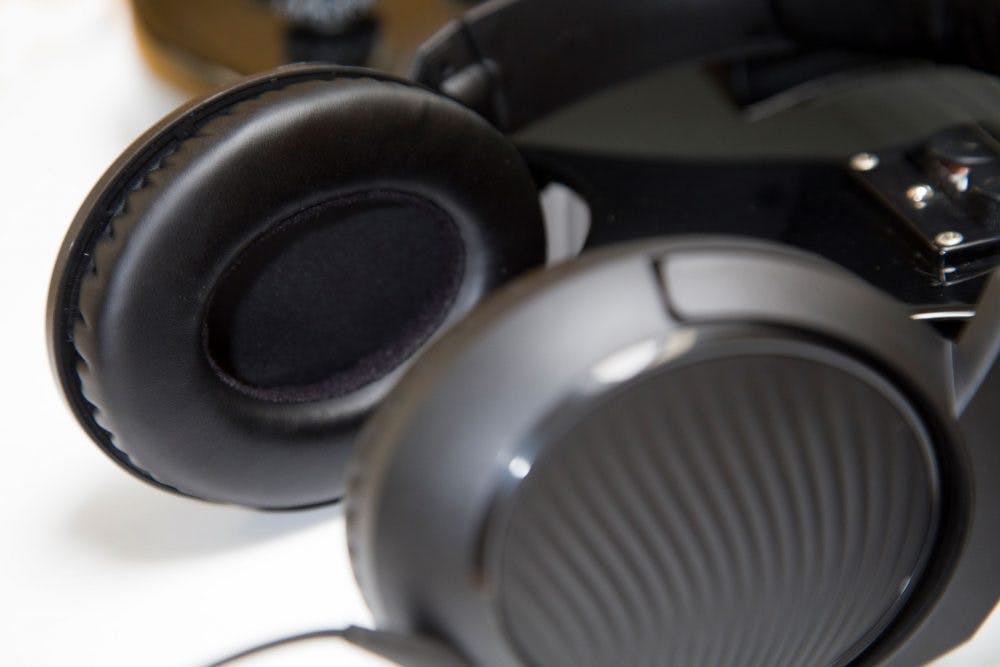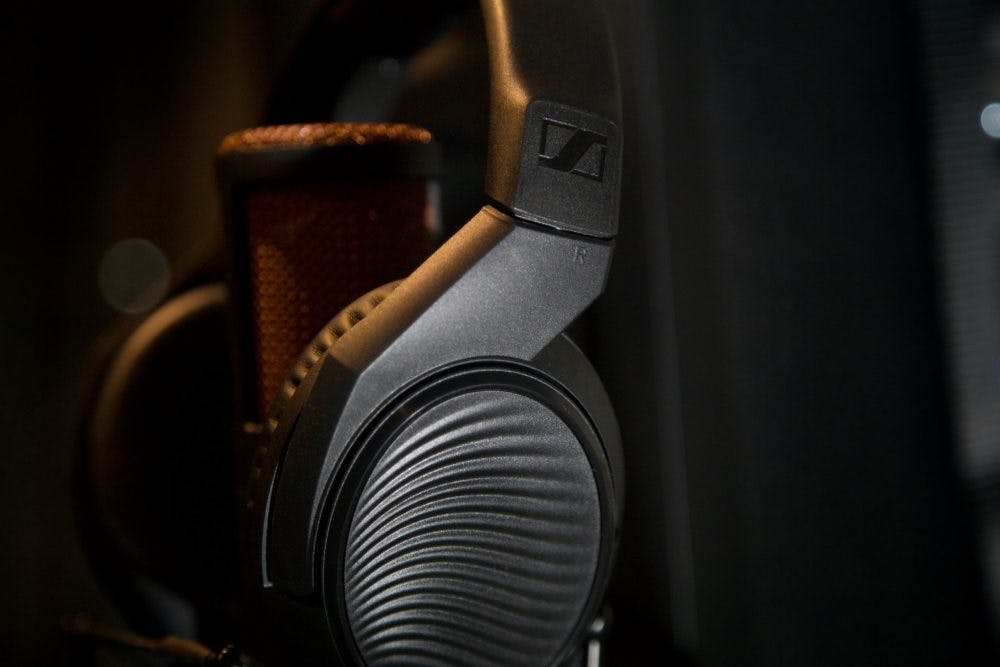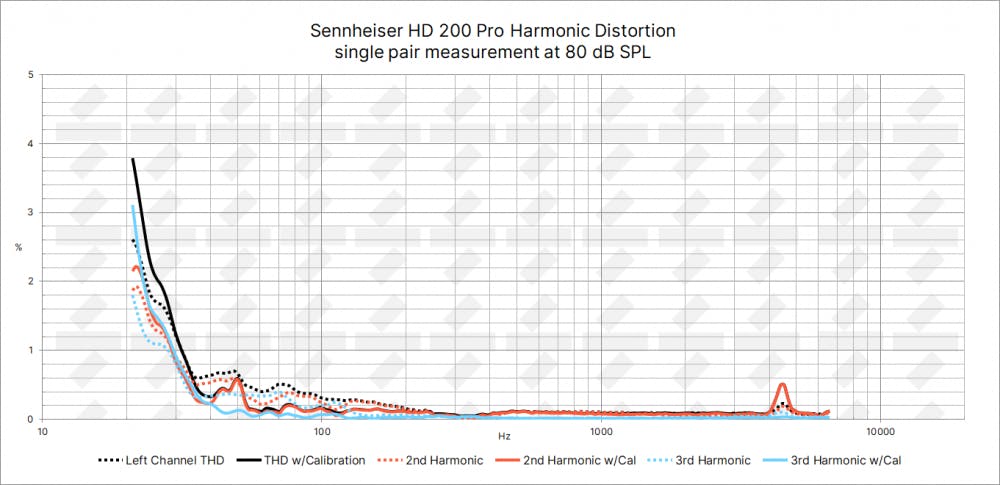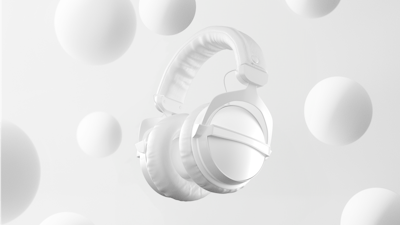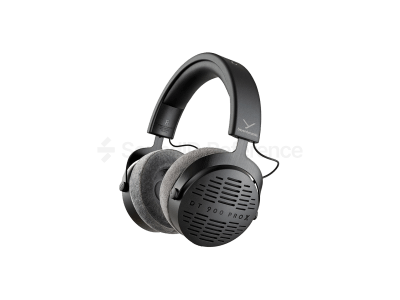Up to this point, we’ve reviewed most of our favorite Sennheiser models, some of which happen to be among the best studio headphones. Yet Sennheiser produces a vast range of headphones and it’s time to have a look at something from the more affordable side of the spectrum. So the entry-level HD 200 Pro – how do they stack up to the competition? How “Pro” are they?
- Good THD performance
Pros list with SoundID Reference calibration
- Increased top-end extension
- Neutral frequency response
- Non-detachable cable
- Underwhelming build for the price
- Very poor channel balance
When used without calibration, HD 200 Pros are plenty loud when connected to mobile devices, but it’s a different story once calibrated. Due to the weak high frequency extension of HD 200 Pro, calibration does a massive top-end boost, hence to maintain safe headroom it needs to turn the volume down 14dB. After that, they’re still able to push out a fair amount of volume, yet it might not be enough for everyone. If you need headphones for work on the go using a laptop without an external audio interface, Beyerdynamic DT 240 Pros are a safer bet.
When you first pick up the HD 200 Pro, the first thing you notice is how incredibly light they are,
which is a good thing, yet the all-plastic build and the thin, non-detachable cable combined with the low weight give a rather cheap-feeling impression.
In pictures, the headband looks like it might be the same that’s used on HD 280 and HD 300 Pro, but it’s actually a different, more thin unit. It’s very flexible, and it seems that due to this flex they’re not going to break easily.
The contact points – headband cushion along with the ear pads are covered in synthetic leather. It helps with the sound isolation, but it’ll make your ears sweaty sooner than velour-like fabrics.
If it wasn’t for the non-detachable cable, HD 200 Pros could be described as solid enough for the price, but the thin cable will fail sooner or later and leave you with unusable headphones unless you’re up for some soldering.
The fact that these headphones are in the same price category as DT 240 Pro doesn’t favor Sennheiser – the Beyerdynamics offering is on another level and proves that high build quality can be delivered at a very reasonable price.
The sound without calibration is relatively pleasant if you don’t mind the bass boost. The low end increase is very noticeable, however, it misses the very bottom part of the signal. The 4kHz dip also can be enjoyable and make the content sound less harsh than it really is. For consumer headphones, such a frequency response curve might be a well fit, but as headphones for content creation, they’re not showing you the full picture. This is where SoundID calibration comes in to even out the low end and compensate for all the rest of HD 200 shortcomings when it comes to frequency response.
The channel balance in the low end is appalling, very uncharacteristic of Sennheiser. On most of the measured pairs, the balance was 5dB off at 100Hz and reached a whopping 10dB at 20Hz. Ok, these are entry-level pro headphones in Sennheiser terms, but such poor balance is unacceptable regardless.
Our team of testers got along with HD 200 Pro well and no critical issues came up. After an hour or so the headband cushion may start to get a bit annoying and the ear pads may exert pressure on the back of larger pinnas.
Overall the comfort is adequate for the price, as most headphones in this class perform comparably or worse, with an exception being AKG K240 Studio, that’s way better suited for extended sessions.
At the time of writing, HD 200 Pro’s are $69 on Amazon in the US and €99 in Europe. They’re vastly overpriced. There’s plenty of better options out there – Beyerdyanmic DT 240 Pro, Mackie MC-250, Audio-Technica ATH-M20x, or in case you don’t care about the sub bass, AKG K240 Studio and Sony MDR-7506.
At first, the THD graph looks very impressive, especially considering the affordable price of the HD 200 Pro. At about 20Hz though, there’s a considerable amount of 3rd harmonic distortion. When extremely low frequency content is played back at borderline painful sound pressure levels, some artefacts become audible. Other than that, harmonic distortion has no audible impact on the sound quality.
How accurate and consistent is the correction effect among different listeners?Adaptiveness is subpar, there will be differences throughout the spectrum depending on the listener. On the very top end and low end the magnitude can reach 6dB.
How much do they differ pair to pair in terms of frequency response?Again, with HD 200 Pro we see a departure from the Sennheiser manufacturing consistency that we’re used to. Adding to the aforementioned channel balance issues, the 8 – 12kHz range is all over the place and different for all the measured pairs.
Rating
Conclusion
Sadly, there’s not much good to say about HD 200 Pro. THD performance is good and comfort ok, but that’s not enough. If Sennheiser can up their quality standards and deliver better-matched drivers to solve the channel balance issues, while simultaneously dropping the price by about 30%, then HD 200 Pro may become a sensible proposition. But as it stands, we can’t recommend this model. You’ll be better off choosing one of the rivals that are actually “pro”.
Final Rating
Calibration Enabled
Calibration

